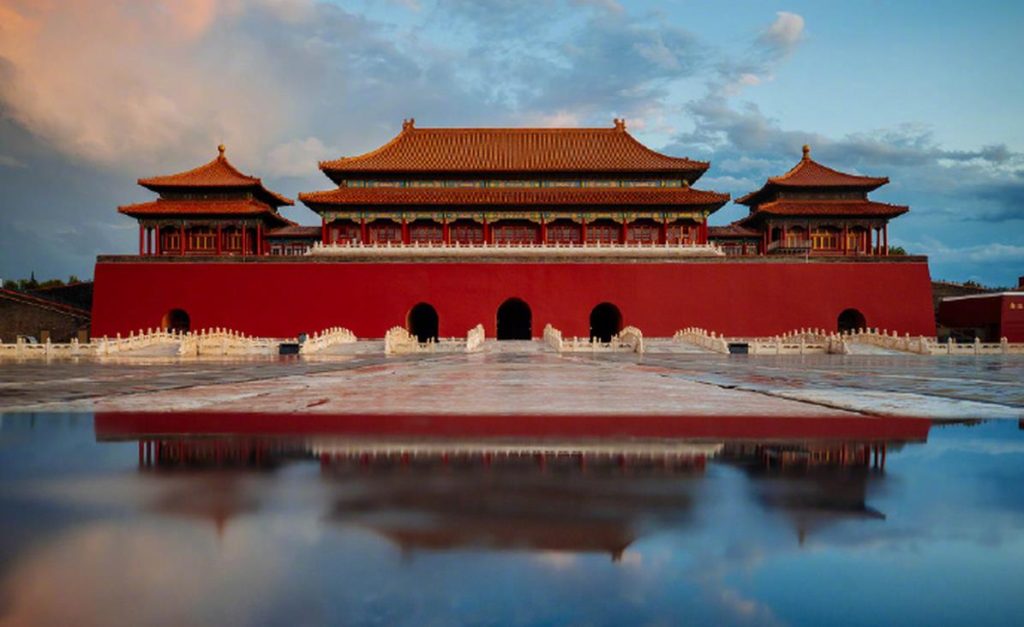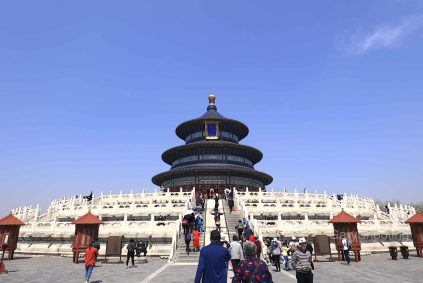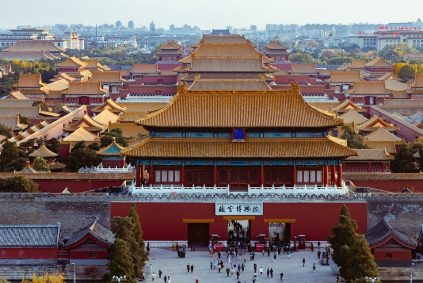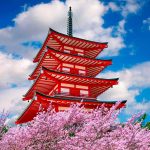Dining Costs Inside Beijing’s Tourist Attractions: A Guide to Managing Expenses
Exploring Beijing’s iconic landmarks often involves navigating dining options within or near these sites. While景区 (scenic areas) in the city cater to diverse budgets, understanding the dynamics of on-site food expenses helps travelers plan effectively without compromising their experience.
Variety of Dining Options: From Quick Bites to Sit-Down Meals
Major attractions like the Forbidden City, Temple of Heaven, and Summer Palace typically host a range of eateries to accommodate different needs. Visitors can find fast-food counters offering local snacks such as steamed buns, grilled skewers, or sweet pastries, which are ideal for those on tight schedules. For a more substantial meal, cafeteria-style restaurants within these sites serve dishes like noodles, rice bowls, and stir-fried vegetables, often reflecting regional flavors. Some larger attractions also include cafes or tea houses where guests can relax with beverages and light snacks. The availability of these options varies by location, with busier sites providing more choices to handle high foot traffic.
Quality and Presentation: Balancing Authenticity with Convenience
Dining inside tourist zones often involves trade-offs between authenticity and practicality. While some venues prioritize speed and affordability, others aim to showcase traditional cuisine in a polished setting. For example, a restaurant near the Great Wall might serve versions of classic dishes like Peking duck or dongpo pork, adapted for quicker service. Food stalls in hutong-style markets within attractions may emphasize local ingredients and cooking methods, offering a taste of street food culture. However, travelers should note that portions and presentation might differ from standalone restaurants outside the景区, as on-site kitchens prioritize efficiency to serve large crowds.
Impact of Location on Menu Pricing and Selection
Proximity to popular landmarks directly influences dining costs. Eateries situated near entrance gates or central viewing areas tend to charge slightly more due to higher demand and rental expenses. In contrast, options located farther from main pathways or in less crowded sections of the attraction may offer comparable quality at lower prices. Some sites also feature seasonal menus or limited-time specials tied to festivals or exhibitions, adding variety but potentially affecting affordability. Visitors planning extended stays—such as a full day at the Summer Palace—might benefit from packing snacks or reusable water bottles to reduce reliance on pricier on-site vendors.
Cultural Considerations: Dietary Restrictions and Local Etiquette
Beijing’s culinary scene accommodates diverse dietary preferences, though options within tourist zones may vary. Vegetarians and vegans can typically find plant-based dishes like tofu stir-fries or vegetable dumplings, but communication barriers might arise in busy settings. Staff at larger attractions often speak basic English or use visual menus to assist international guests. Travelers with allergies or strict dietary needs should inquire about ingredients, as some dishes may contain hidden additives or cross-contaminants. さらに, observing local dining customs—such as sharing plates or avoiding waste—can enhance interactions with vendors and fellow patrons, fostering a more immersive experience.
Alternative Strategies: Combining On-Site and Off-Site Dining
To balance convenience with cost, many visitors mix on-site meals with off-site exploration. For instance, after touring the Forbidden City, travelers might exit through the east gate to explore nearby Wangfujing Street, which offers a wider array of affordable eateries. Similarly, those visiting the Mutianyu section of the Great Wall could return to the village below for home-cooked meals at local guesthouses. This approach allows guests to sample both tourist-friendly options and authentic regional cuisine while managing expenses. Planning meals around peak hours—such as avoiding lunch rushes at popular attractions—can also reduce wait times and improve service quality.
By assessing these factors, travelers can make informed choices about where and how to dine inside Beijing’s top destinations. Whether prioritizing speed, cultural authenticity, or budget, the city’s景区 provide sufficient flexibility to suit varying preferences and itineraries.
















